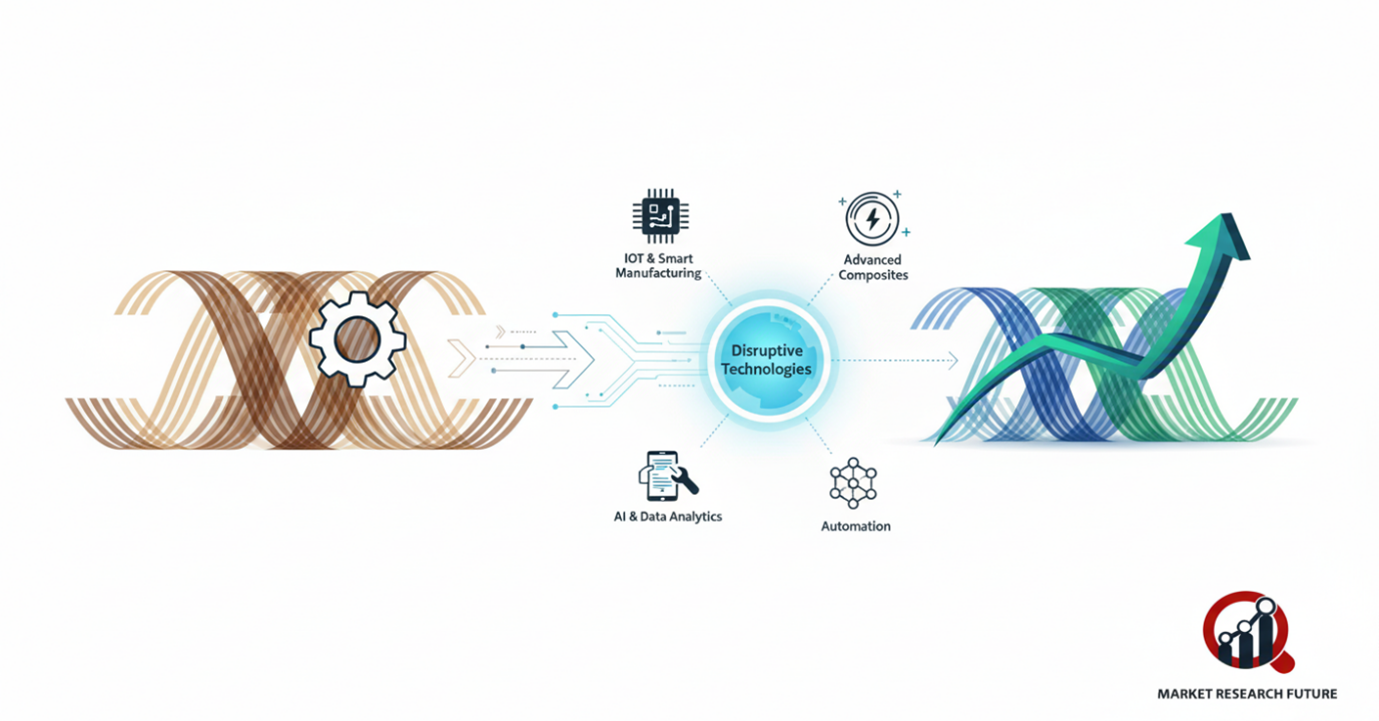Fiberglass: Businesses Need to Focus on Disruptive Technologies

The Insights on the Fiberglass Market
The use of fiberglass is growing in the construction and manufacturing sectors. Its lightweight, versatile, and strong attributes fiberglass markets maintain the fiberglass market. Its non-corrosive and rust-resistant attributes and long lifecycle with low maintenance costs are built for large-scale, economically viable projects.
Fiberglass is preferred to conventional metals because it does not corrode and withstands long periods of contact with water, making it perfect for projects located in coastal, humid and industrial locations. Buildings and infrastructures will have lower lifecycle costs because fiberglass does not require replacement due to rust or weathering.
A Sustainable, Eco-Friendly Material
The strongest attributes of fiberglass in the construction sector are its eco-friendliness. It is classified as a green building material because it neither uses toxic building materials during construction nor emits toxic gases while building materials are made. To top it off, fiberglass is recyclable, making it more environmentally friendly.
The global demand for fiberglass in construction, especially in Europe and Asia, has been on the rise. This has led to the ‘sustainable goals’ of fiberglass manufacturing being under threat due to the need for disruptive technologies to minimize waste and energy consumption. Integrating advanced recycling and energy-efficient construction processes has the potential to drastically reduce greenhouse emissions and landfill waste.
Types and Applications of Fiberglass
Fiberglass has two main types: chopped fiberglass and woven fiberglass.
Chopped fiberglass can be made from recycled glass, paper, and plastics. Due to its toughness and rigidity, it is ideal for lightweight uses like car parts and automobile panels.
Woven fiberglass is manufactured from glass fibers and offers more flexibility, so it is used more commonly for filtration, insulation, and roofing.
Due to its excellent abrasion resistance and insulation value, fiberglass is also used to make roofing shingles, wall siding, and insulation for construction. It is blended with EPDM rubber and composite roofing materials alongside other colorants and additives to form durable roofing materials that pair with siding.
Addressing Environmental Challenges
Fiberglass has a low environmental impact, with the exception of CO₂ emissions and wastes released during the energy-intensive manufacturing. For the fiberglass industry to remain competitive and sustainable, it needs to focus on innovative low-carbon production methods, waste recovery, and recycling.
Optimizing energy and reducing waste will help to keep the reputation of fiberglass as eco-friendly. The future for fiberglass will be for companies to adopt the principles of the circular economy and combine sustainable methods in production.
Final Thoughts
In construction and manufacturing, the fiberglass industry is adopting innovative technologies, and for a good reason. As the demand for fiberglass increases around the world, businesses must adopt disruptive and green technologies to minimize environmental impact. Sustainable innovations will ensure businesses support the continuous growth of the industry. These will enable businesses to stay ahead of the competition in a demand-pulling industry while advancing the fiberglass market to be more sustainable and resilient.

Leave a Comment